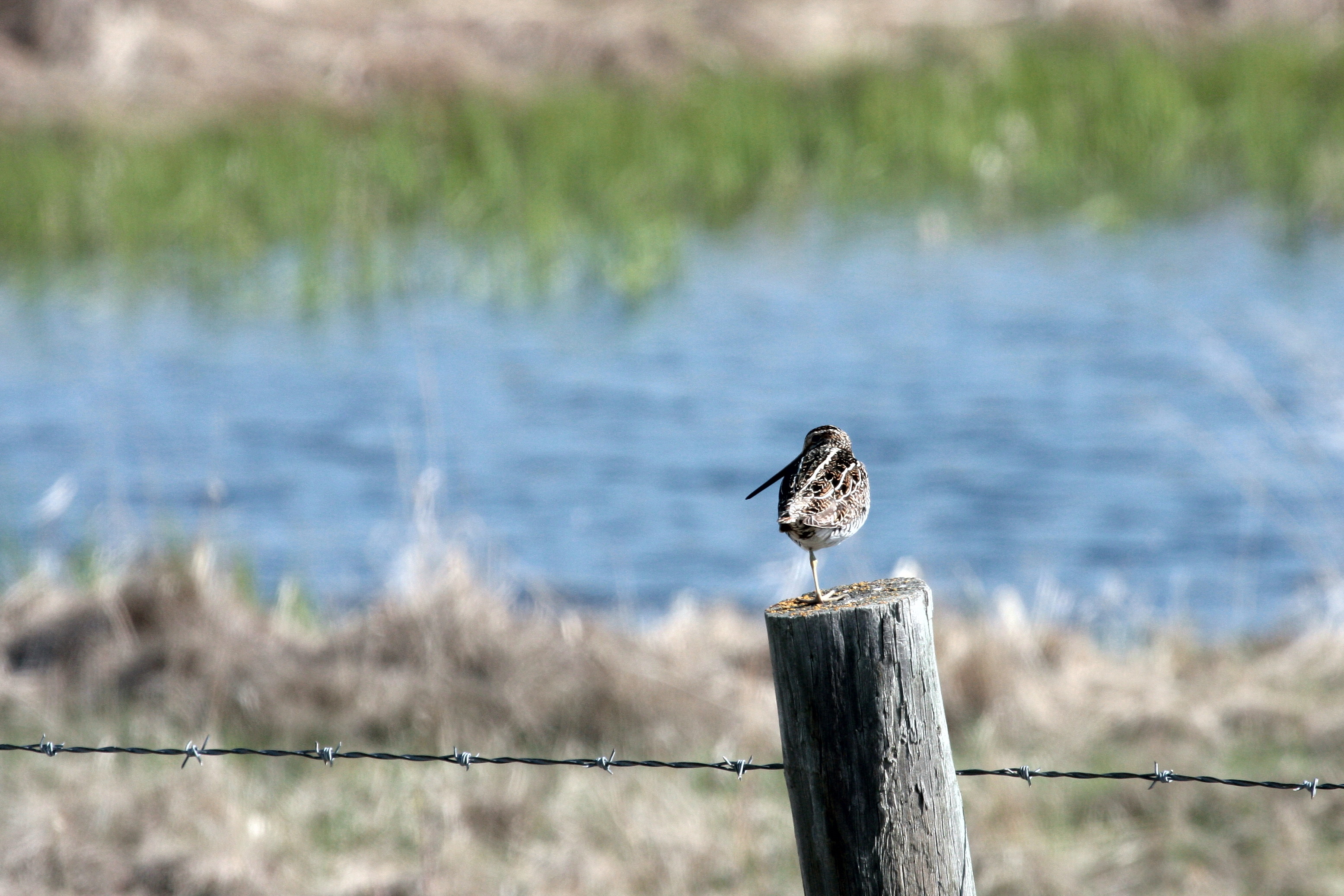Have you seen an unusual bird in Calgary? If it is on this Reportable_Birds (PDF), please report it to the Rare Bird Alert line at 403 221-4519 and leave a message after the beep at the end of the recording. If you would like some help with species identification, us email us at zoxox@shaw.ca To report injured wildlife call the Calgary Wildlife Rehabilitation Society at 403 239-2488, or the Alberta Institute for Wildlife Conservation at 403 946-2361.
This Bird Alert was recorded on Thursday June 16 at 10 am.
Bird Sightings:
June 9:
GREAT GRAY OWL, CONNECTICUT WARBLER, WILLOW FLYCATCHER at Pearanod? Wildlife Hab. S of Grand Valley Rd & Rge 52, SW of Cochrane , Dwight Knapik.
June 13:
BAND-TAILED PIGEON for the last week at the home of Carrie Mashon ? (403
822-2216) near Dorothy (near Brooks) .
CALLIOPE HUMMINGBIRD (3), EASTERN PHOEBE, Weaselhead area of FCPP, Gus Yaki and
FFCPP.
June14:
SPOTTED TOWHEE, CALLIOPE HB, E. PHOEBE, as above.
THAYER’S GULL (possible) Glenmore Res near the Yacht Club, Terry Korolyk.
The next scheduled update of the Bird Alert is on Monday June 20.








































